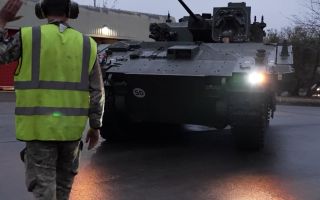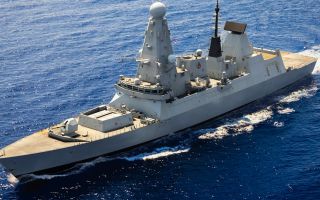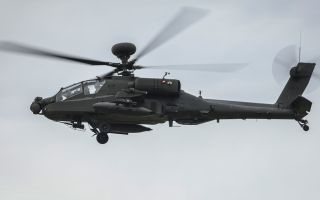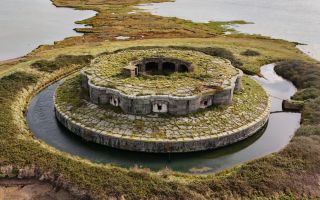
Three more F-35s set to land with Lightning Force, but four others to be delayed

The UK Lightning Force is likely to receive only three of the seven new F-35s it's meant to have had by the end of the year, Defence Readiness and Industry Minister Luke Pollard has confirmed.
The Lightning Force – a joint RAF and Royal Navy unit based at RAF Marham that oversees operations of the nation's fleet of F-35Bs – should have got the jets by the end of December.
But Mr Pollard said the MOD anticipates four of those aircraft will slip into 2026 and be delivered by April 2026 – a three- to four-month delay from the original contract.
He was responding to a question from Democratic Unionist Party MP Gregory Campbell about whether there would be any financial redress for the UK because of the delayed delivery of Lot 17 – the current batch.
But Mr Pollard replied: "There is not a financial remedy for the delivery of Lot 17 aircraft."
Deliveries and the overall management of Lockheed Martin's fifth-generation multi-role fighter are overseen by the F-35 Lightning II Joint Programme Office (JPO).
The JPO's mandate is to deliver a "capable, available and affordable air system to the warfighter – outpacing key competitors to win tomorrow's high-end fight".

What are the aims of the JPO?
:: The JPO ensures that the F-35 is lethal, scalable, adaptable and capable of competing and keeping the warfighter one step ahead of aggressors.
:: The JPO ensures that the F-35 is operative and parts are available when needed.
It says the long-term goal is an environment of comprehensive sustainment excellence that includes initiatives to keep parts on wing longer, maintain appropriate spares, and enhance repair capability and velocity.
:: The JPO ensures the F-35 is affordable for the US services, international partners and customers through cost reduction across the acquisition lifecycle.

Partners and customers
There are eight partner nations involved in the F-35 programme, these being the United States, the United Kingdom, Italy, the Netherlands, Canada, Australia, Denmark and Norway.
The JPO has signed Foreign Military Sales letters of offer and acceptance with a further 12 countries.
These are Israel, Japan, South Korea, Belgium, Poland, Singapore, Finland, Switzerland, Germany, the Czech Republic, Greece and Romania.
The UK's F-35Bs – the aircraft is the Lightning rather than the US name of Lightning II – have already been working with several foreign F-35 operators, including the US Marine Corps and the Italian navy, on Carrier Strike Group 25.
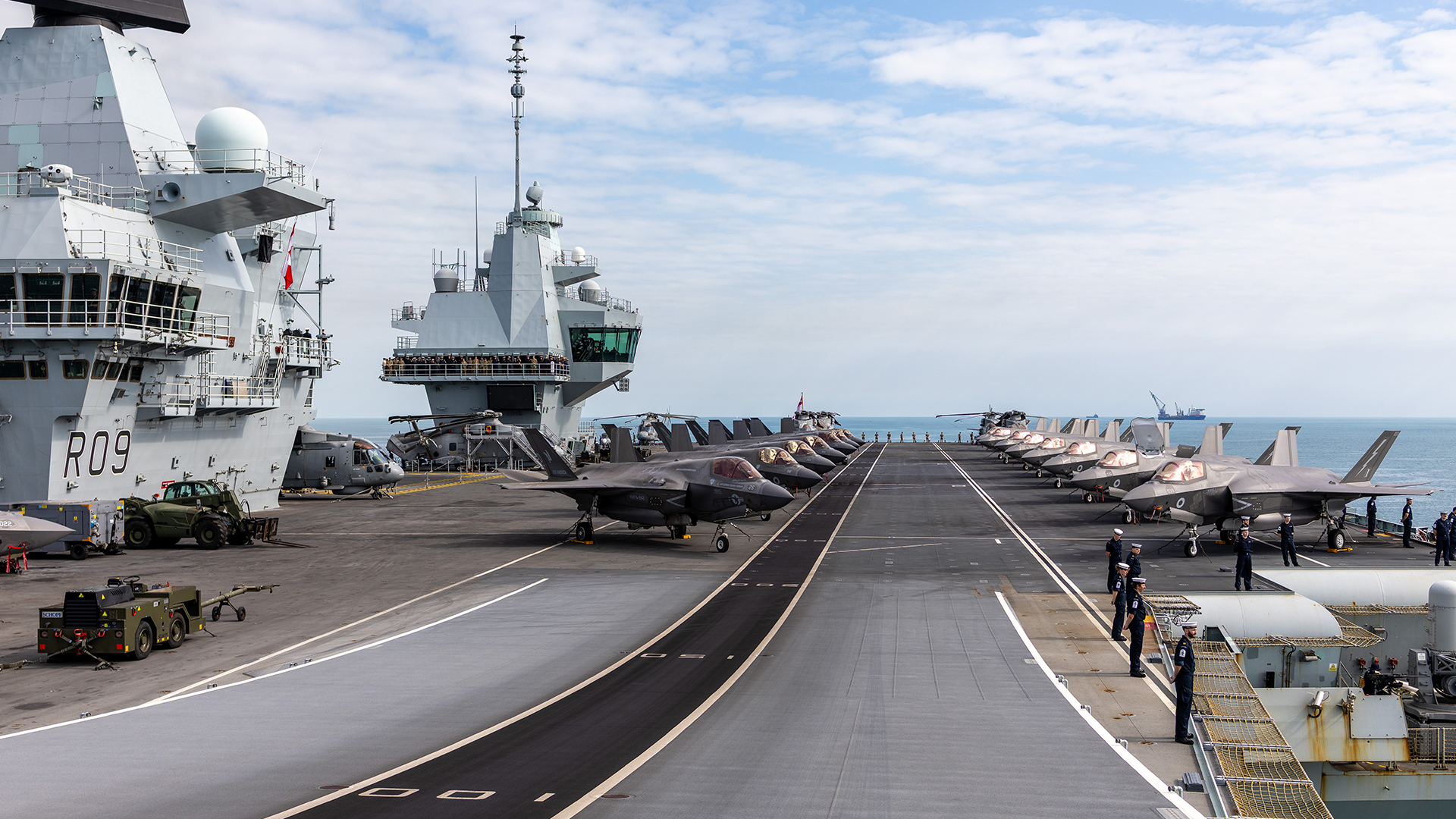
F-35B to be joined by A
The UK fleet is currently comprised of just the B variant, which offers a short take-off and vertical landing capability, crucial to the jet's use on HMS Prince of Wales and HMS Queen Elizabeth.
But the UK will also be receiving 12 F-35As as this land-based variant is the only one of the three main types that is capable of carrying nuclear weapons.
However in day-to-day use the F-35As will be used in a training role on 207 Squadron, the Operational Conversion Unit.
As the F-35A carries more fuel than the F-35B variant, it can stay airborne longer, extending the available training time in each sortie for student pilots.

